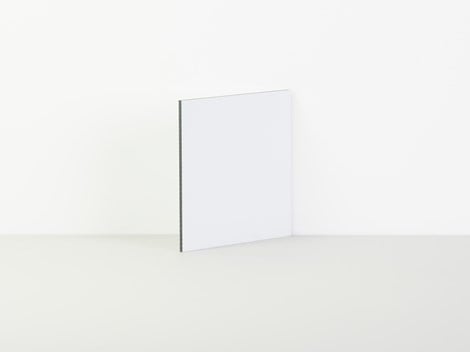Modern architecture has witnessed a significant paradigm shift towards innovative materials and technologies. Aluminium Composite Sheets (ACS) have emerged as one of the most favoured materials, establishing themselves as an indispensable component in the world of contemporary design and construction.
Historical Context: The Rise of Aluminium Composite Sheets
Since the late 20th century, the use of ACS in architectural designs began to gather momentum.
Driven by the demand for materials that combined durability with aesthetics, architects and engineers began turning to these sheets. They provided a solution to the challenges posed by traditional building materials, which either lacked the desired strength or were too inflexible to mould into contemporary design concepts.
Anatomy of Aluminium Composite Sheets
At their core, Aluminium Composite Sheets are made up of two layers of aluminium bonded to a central non-aluminium core. This core typically consists of either polyethene (a type of plastic) or mineral-filled materials. The aluminium layers, though thin, provide immense strength to the sheet, while the central core ensures flexibility and insulation.
The synergy of these components results in a material that is both strong and malleable – perfect for modern architectural demands.
Strength That Resists the Elements
A primary concern in architecture is the longevity of the materials used. ACS offers exceptional resilience:
- Weather Resistance: They can withstand extreme weather conditions, be it the scorching sun or torrential rain.
- Corrosion Resistant: Unlike pure metals, ACS doesn’t corrode easily, maintaining its shine and strength over prolonged exposure to the elements.
- Physical Strength: Despite being lightweight, they can bear significant loads, making them suitable for high-rise buildings and large architectural structures.
Flexibility: A Canvas for Architectural Artistry
Beyond strength, modern architecture demands materials that can be moulded and shaped to bring visionary designs to life. Aluminium Composite Sheets shine in this department:
- Ease of Shape: They can be easily bent, folded, or curved, allowing architects to create intricate and dynamic structures with ease.
- Variety of Finishes: ACS are available in a plethora of finishes, be it matte, glossy, mirrored, or even textured, offering a diverse palette for architects to choose from.
- Lightweight: This intrinsic property allows easier handling and installation, making complex designs more feasible.
Applications in Modern Architecture
From skyscrapers to sports stadiums, ACS has found its niche. Here are some instances where their strength and flexibility have been leveraged:
- Facade Cladding: ACS has become a popular choice for exterior facades, presenting a sleek and modern appearance while also offering protection from environmental factors.
- Interiors: Their aesthetic appeal and the range of available finishes make them ideal for creating stunning interior spaces.
- Signage and Branding: The ease with which these sheets can be printed upon and moulded makes them perfect for large-scale signs and advertisements.
For more info on the evolving applications of Aluminium Composite Sheets in niche architectural projects, leading journals and architectural databases offer a wealth of case studies and research papers.
Conclusion: The Future of ACS in Architecture
The role of Aluminium Composite Sheets in modern architecture isn’t just a passing trend. Their unparalleled combination of strength and flexibility, coupled with their aesthetic appeal, positions them as a cornerstone material for the future.
As architectural designs continue to evolve, pushing boundaries and challenging conventions, ACS promises to be right there, aiding and elevating those bold visions into tangible realities.



